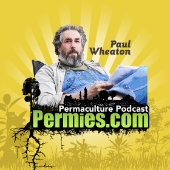
 5
5




![Filename: b293c33e-8d92-475e-be4e-1df1f3dc9df4-(1).jpeg
Description: [Thumbnail for b293c33e-8d92-475e-be4e-1df1f3dc9df4-(1).jpeg]](/t/361383/a/276156/b293c33e-8d92-475e-be4e-1df1f3dc9df4-(1).jpeg)
 7
7




 7
7




Life on a farm is a school of patience; you can't hurry the crops or make an ox in two days.
Henri Alain
 5
5




 4
4




Life on a farm is a school of patience; you can't hurry the crops or make an ox in two days.
Henri Alain
 4
4




"Ah, but a man's reach should exceed his grasp,
Or what's a heaven for?"
Andrea del Sarto by Robert Browning
 4
4




 3
3




Mart Hale wrote:I watched the video again...... ( from the first post ) and I do believe they are using a fan to push the flames.... The reason I say that is you see flames shooting out the cracks on the top of the stove.... this is not normal as it would normally just go out the chimney...
I think a fan would be a good addition, but if they got the flames that big they should also show how they got them....
 5
5





 5
5




William Bronson wrote:Kevin, I love those stoves!
Home heating that produces charcoal is my jam!
This video introduced me to the product:
"Ah, but a man's reach should exceed his grasp,
Or what's a heaven for?"
Andrea del Sarto by Robert Browning
 4
4




 5
5




 4
4




 2
2





|
my overalls have superpowers - they repel people who think fashion is important. Tiny ad:
The new purple deck of permaculture playing cards
https://www.kickstarter.com/projects/paulwheaton/garden-cards
|







